Agrivoltaics, the practice of installing solar arrays raised above crops or livestock, is gaining interest nationwide as a solution to boost clean energy generation while not compromising productive farmland.
The New York State Energy Research and Development Authority (NYSERDA) announced over $7 million has been awarded to projects demonstrating the practice.
Through NYSERDA’s Environmental Research Program, over $2 million was awarded to four projects to demonstrate the potential impacts and benefits.
A $5 million grant was awarded to Cornell University’s College of Agriculture and Life Sciences to construct agrivoltaics projects at its agricultural experiment stations.
NYSERDA president and chief executive officer Doreen M. Harris said:
“We are proud to partner with farmers, developers, and research partners to advance projects that support solar as a resource to produce energy in New York State while sustaining agriculture operations for economic growth. By examining different means of integrating agriculture operations and clean energy siting, we will build out understanding of the costs, benefits and market potential of locating two essential industries in the same space.”
New York state has over 33,000 active farms, covering about 20% of the state’s land area or nearly 7 million acres, said NYSERDA. New York farmers are exploring installing solar as a way to secure an additional revenue stream and sustain farm operations, it said.
For the $2 million grant block, the four awarded projects include:
Capital Region
- New York Power Authority was awarded $750,000 to develop a 1,200-1,500-kilowatt solar array that can power approximately 230 New York homes per year on close to 14 acres of State University of New York College of Agriculture and Technology at Cobleskill campus in Schoharie County, using elevated panels for cattle grazing in rotation with growing corn, spaced to accommodate traditional harvesting equipment.
Finger Lakes
- K&MH Martens Farms was awarded $185,000 to incorporate agrivoltaics into the development of a 300-kilowatt solar array for a microgrid to support an on-site grain processing operation. The project also seeks to use the solar array to maximize shade benefits for grazing dairy cattle, enhance productivity of the soil and extend the growing season for cool-season grasses while using construction processes that protect soil and farmland pasture in Yates County.
Hudson Valley
- Lightstar Renewables was awarded over $515,000 for a 3,200-kilowatt solar array to produce electricity to be provided to the grid, which is equivalent to that used by approximately 725 New York homes per year. The construction features wider spacing of solar panels to enable the continuation of hay production and harvest on one to two acres of new vegetable operations in Orange County.
Southern Tier and Western New York
- United Agrivoltaics was awarded $750,000 to demonstrate adding pigs, poultry, and specialty crops at existing solar sites in Cortland, Schuyler, Tompkins, and Niagara counties that already produce 15,850 kilowatts of community solar and cover a total of more than 100 acres.
The projects are expected to enable NYSERDA and researchers to evaluate costs and benefits and share data to develop best practices. NYSERDA convenes the New York State Agricultural Technical Working Group (A-TWG), an independent advisory body comprised of farmers and farming stakeholders, solar developers, state agencies and non-governmental organizations, to advise and steer efforts in advancing solar energy development in a responsible way that supports New York State’s agricultural operations, lands, farmers and communities.
The working group commissioned a 2023 report on agrivoltaics implementation and also provides input on the Smart Solar Siting Scorecard which is used to evaluate applications for utility scale solar projects for their avoidance and mitigation of agricultural and forest lands.
The $5 million grant is intended to enable Cornell University’s College of Agriculture and Life Sciences (CALS) to construct agrivoltaic projects at its Agricultural Experiment Station sites in the Hudson Valley and Finger Lakes. These sites will conduct long term research on the dual-use of solar operations and agriculture practices across a range of growing conditions and crops relevant to state agricultural producers.
The CALS testing site will construct a 300 kW solar array on about two acres of high-density apple orchards. Specialized sensors and controls will enable solar panel manipulation for sun and shading preferences and for crop protection from frost and hail weather events. Electricity produced will be used to power research lab operations and surplus power will be supplied to the local electric grid.
CALS will so construct a 900-kilowatt solar array on the Cornell University campus in the town of Ithaca, and will utilize a tracking system, on about seven acres. Plantings within the solar array will include traditional annual vegetable, field and perennial forage crops. Designed to mimic conditions in a variety of solar array configurations, the system will enable research across a range of disciplines including plant genetics, soil health, and water management strategies associated with agrivoltaics.
“Farmers are the backbone of New York’s rural communities, and funding support for projects like these is important as we aim to strengthen our understanding of this innovative technology that can enhance agricultural productivity while contributing to the energy diversity of our state’s grid,” said New York Power Authority President and chief executive officer Justin E. Driscoll.
This content is protected by copyright and may not be reused. If you want to cooperate with us and would like to reuse some of our content, please contact: editors@pv-magazine.com.
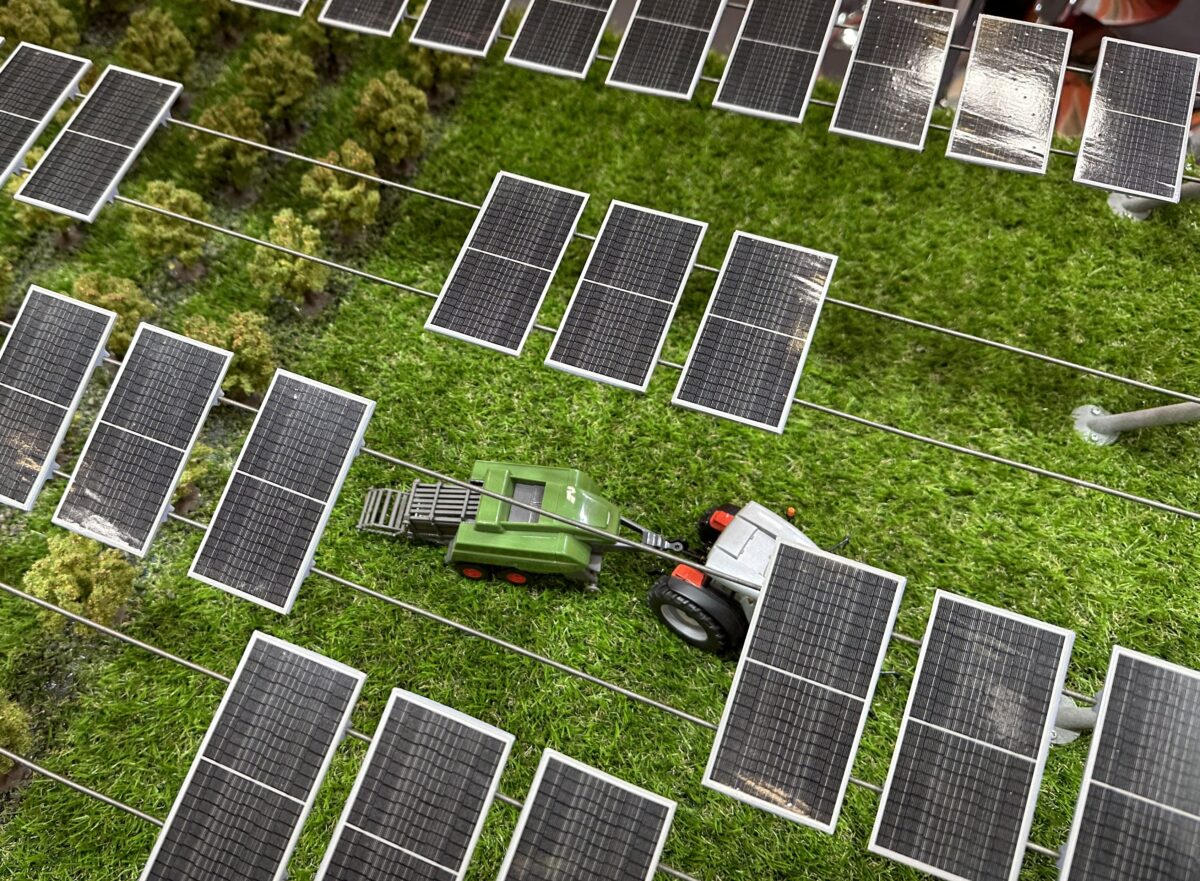
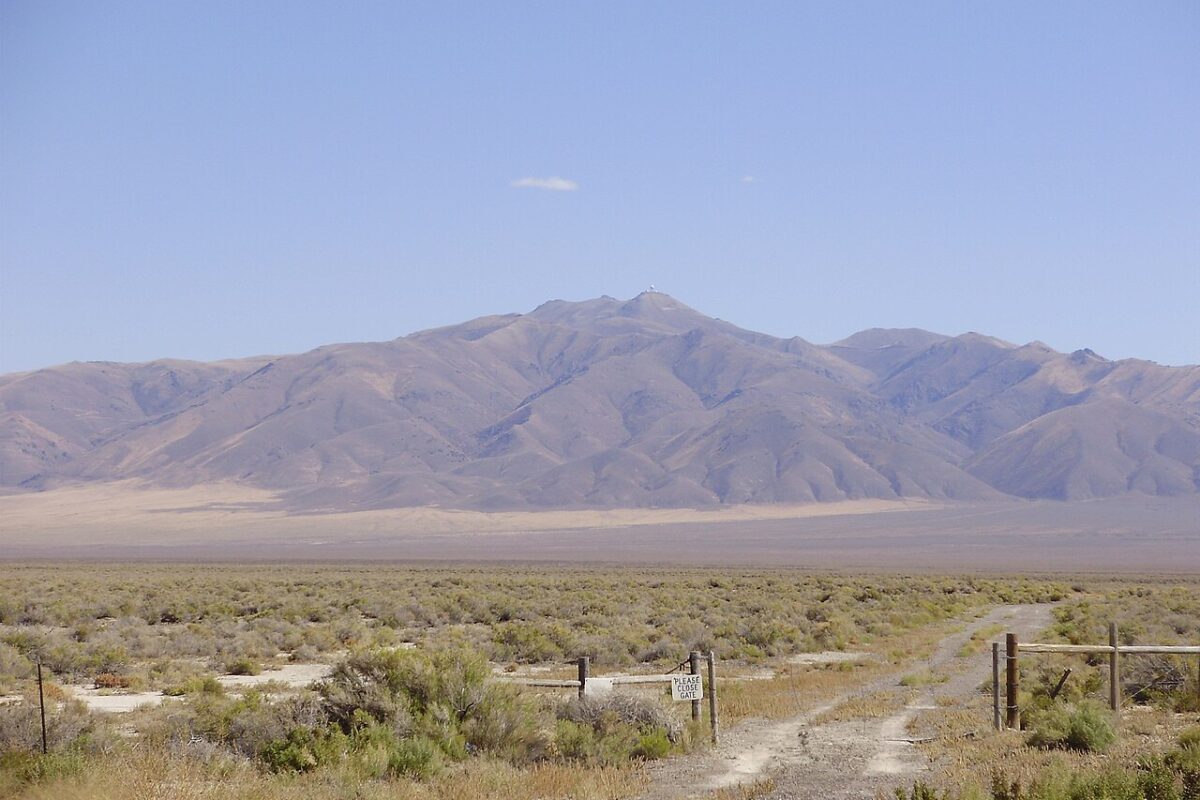


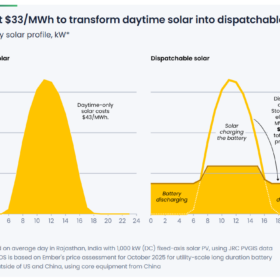
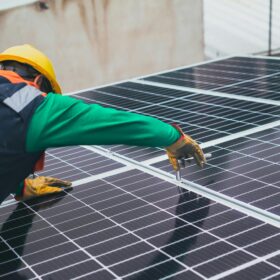
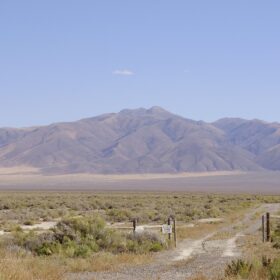


By submitting this form you agree to pv magazine using your data for the purposes of publishing your comment.
Your personal data will only be disclosed or otherwise transmitted to third parties for the purposes of spam filtering or if this is necessary for technical maintenance of the website. Any other transfer to third parties will not take place unless this is justified on the basis of applicable data protection regulations or if pv magazine is legally obliged to do so.
You may revoke this consent at any time with effect for the future, in which case your personal data will be deleted immediately. Otherwise, your data will be deleted if pv magazine has processed your request or the purpose of data storage is fulfilled.
Further information on data privacy can be found in our Data Protection Policy.